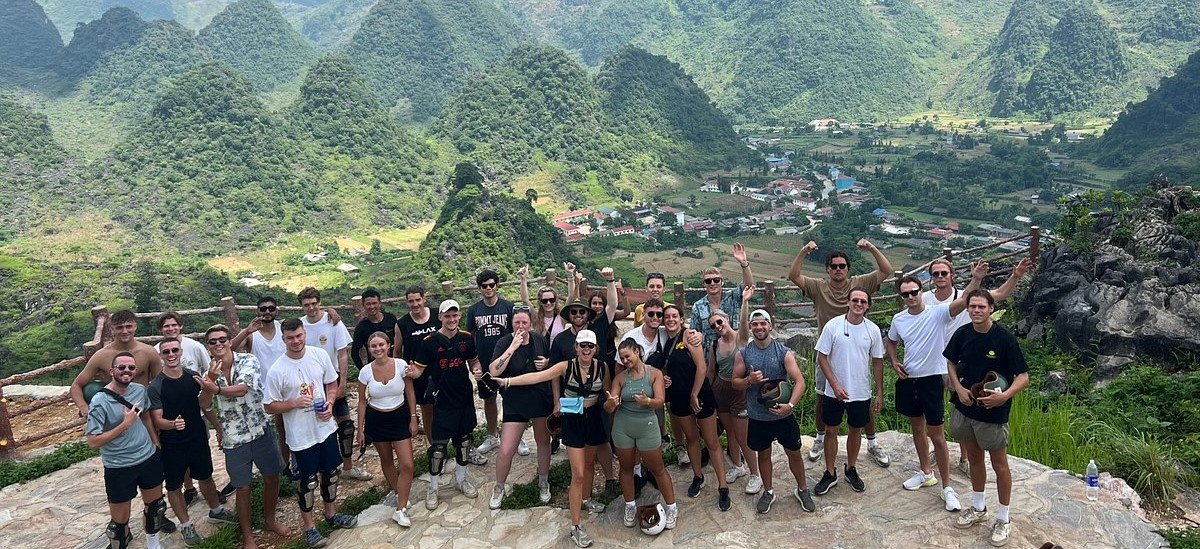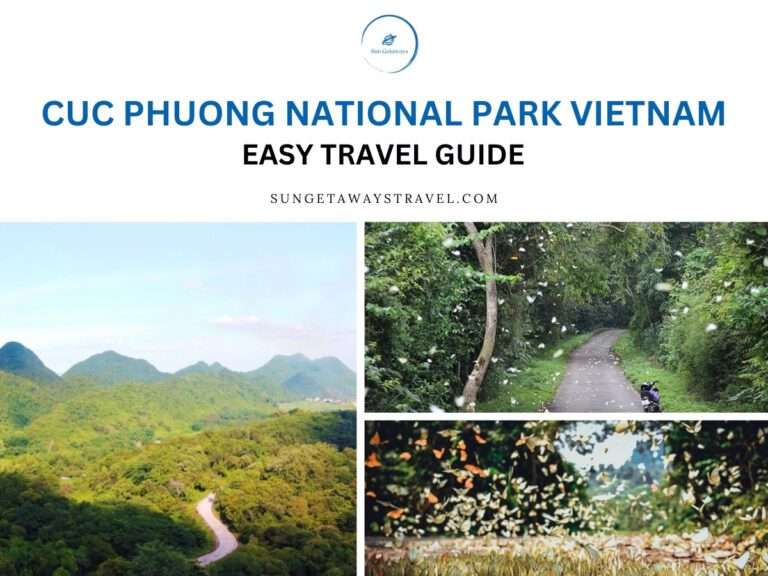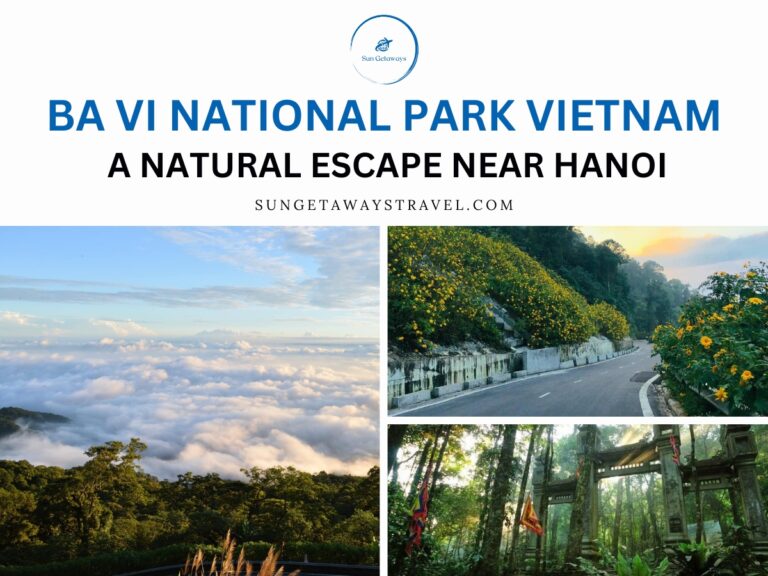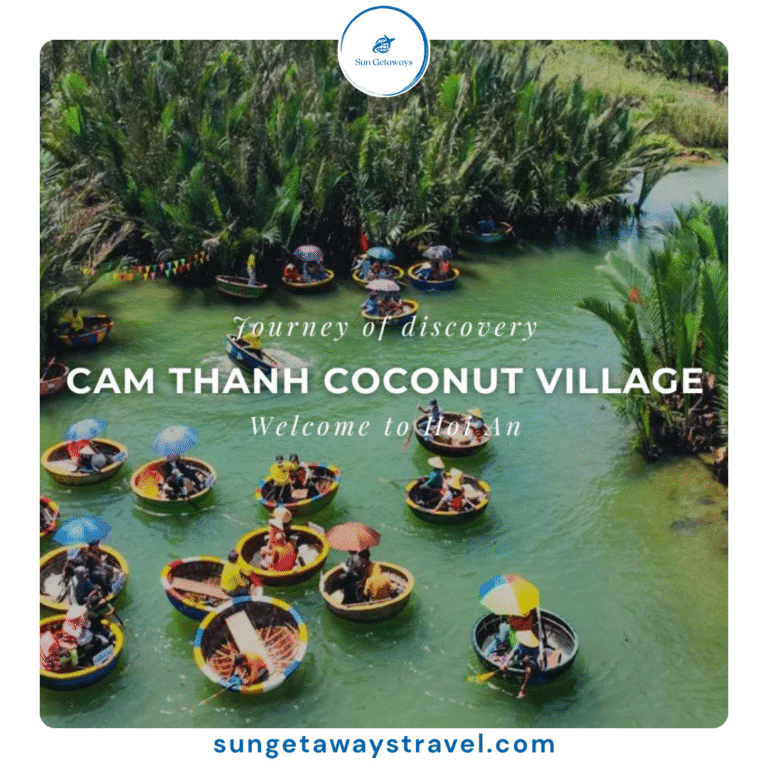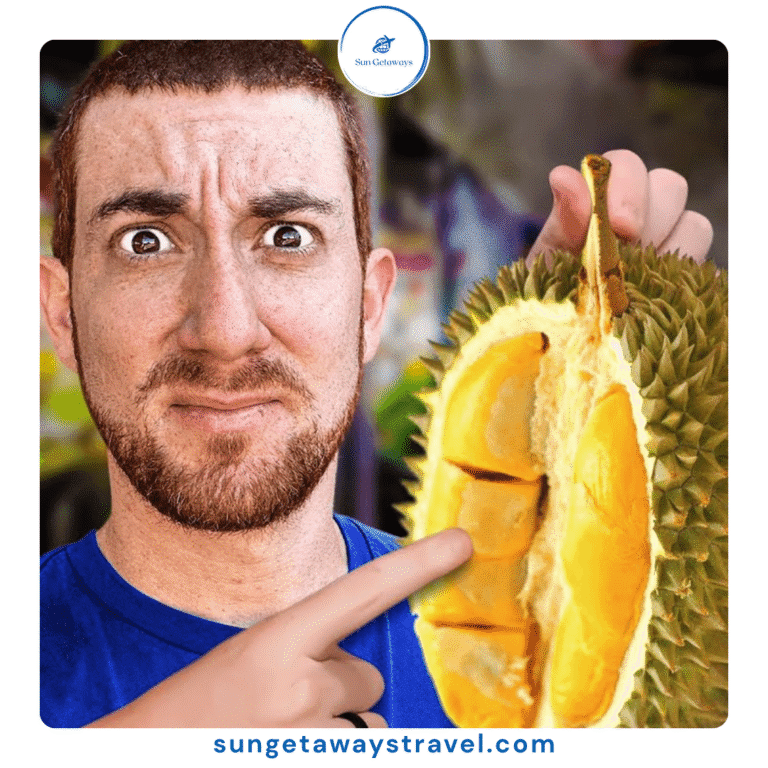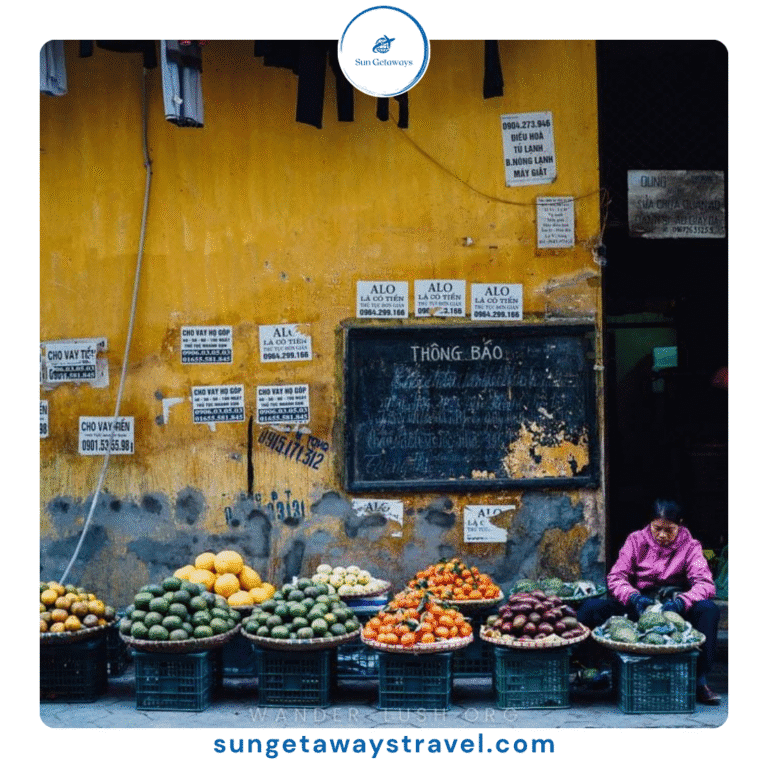Vietnam Wildlife Tours: The Ultimate Guide to Ethical Encounters
Vietnam is a land of staggering biodiversity. From the mist-shrouded limestone karsts of the north, home to some of the world’s rarest primates, to the lush, bird-filled jungles of the south, the country offers a treasure trove of natural wonders. For many travelers, the chance to see these incredible creatures in their natural habitat is a dream come true. However, this dream comes with a profound responsibility.

The rise of tourism has created a double-edged sword for the nation’s fauna. While it can bring much-needed funds for conservation, it can also lead to exploitation if not managed correctly. That’s why choosing ethical Vietnam Wildlife Tours is not just a preference; it’s a necessity. This guide is designed to help you navigate the options, empowering you to make choices that protect Vietnam’s precious wildlife, ensuring your encounters are meaningful for both you and the animals you’ve traveled so far to see.
The Critical Importance of Ethical Wildlife Tourism
Before we dive into where to go, it’s crucial to understand why choosing ethically is so important. Vietnam faces significant challenges in Vietnam nature protection, including habitat loss and the illegal wildlife trade. Unethical tourism can directly contribute to these problems.
Activities like riding elephants (which involves a brutal “breaking” process), posing for photos with drugged animals, or visiting facilities where animals are kept in poor conditions for entertainment perpetuate a cycle of cruelty. These practices not only harm individual animals but also create a market that encourages poaching from the wild.
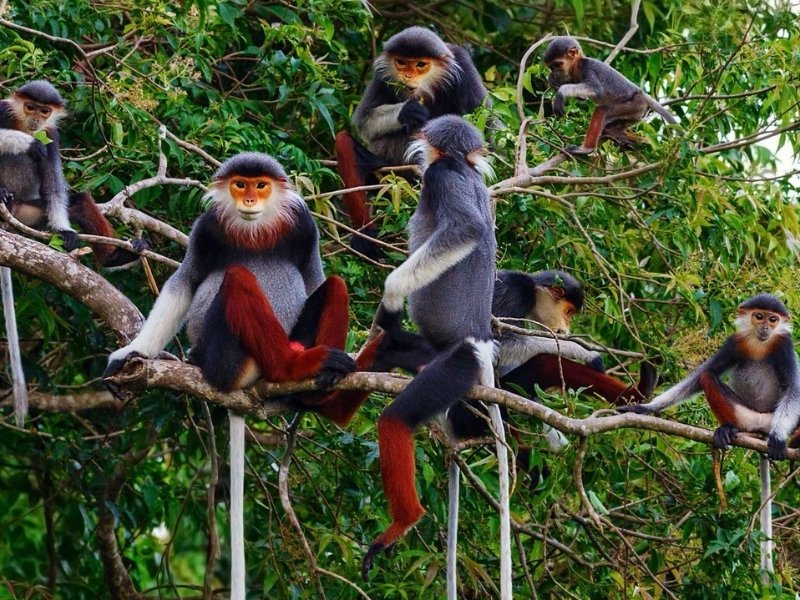

In contrast, animal friendly tourism Vietnam acts as a powerful force for good. When you choose a responsible tour operator or visit a legitimate sanctuary, your money can:
- Fund Conservation Efforts: Directly support the work of organizations dedicated to rescue, rehabilitation, and Vietnam wildlife conservation.
- Support Local Communities: Provide sustainable livelihoods for local people, turning them into protectors of their natural heritage rather than participants in the wildlife trade.
- Raise Awareness: Educate both tourists and locals on the importance of biodiversity and conservation.
- Demonstrate Demand for Ethical Practices: Show the tourism industry that travelers value and will pay for responsible experiences, encouraging more operators to adopt higher standards.
Ethical vs. Unethical Tours: How to Tell the Difference
Navigating the world of wildlife tourism can be confusing. Many operators use vague terms like “eco” or “sanctuary” without genuine ethical practices to back them up. Here’s a clear guide to help you distinguish the good from the bad.
| 🚩 Red Flags (AVOID These Tours) | ✅ Green Flags (LOOK for These Tours) |
|---|---|
| Guarantees physical contact: Any tour that lets you ride, hug, bathe, or hold a wild animal (especially predators or primates) is exploitative. | Enforces a strict no-contact policy: The focus is on observation from a respectful distance. |
| Animals perform tricks or shows: This is unnatural behavior and a clear sign of cruel training methods. | Focuses on natural behaviors: Guides provide education about the animals in their natural or semi-natural habitat. |
| Animals appear lethargic, distressed, or are kept in small, barren cages. | Animals are in spacious, naturalistic enclosures and appear healthy and active. |
| Guarantees a sighting or interaction. Wild animals are unpredictable; guarantees often mean the animals are baited or captive in poor conditions. | Manages expectations. A good guide will explain that sightings are not guaranteed, which is part of the thrill of authentic wildlife spotting Vietnam. |
| The guide lacks deep knowledge or dodges questions about their conservation efforts. | Guides are knowledgeable, passionate, and open about their conservation work and how your tour contributes. |
| Large, noisy tour groups. This can be stressful for wildlife and diminishes the experience for everyone. | Small group sizes to minimize disturbance and provide a more intimate experience. |
Insider Tip: Ask the Right Questions Before You Book Don’t be afraid to be an inquisitive traveler. Before booking any Vietnam Wildlife Tours, email or call the operator and ask specific questions: “What is your policy on interacting with the animals?” “How does my tour fee contribute to conservation efforts?” “What are your guide’s qualifications?” A reputable operator will be proud and transparent in their answers. Vague or defensive responses are a major red flag.
Top Ethical Wildlife Experiences in Vietnam
Ready to explore? Here are some of the best places for ethical wildlife spotting Vietnam, focusing on conservation and authentic encounters.


1. Visiting Vietnam’s National Parks
National parks are the cornerstone of Vietnam nature protection. Hiring a local guide from the park headquarters is the best way to maximize your chances of seeing wildlife while ensuring your visit supports the park’s conservation mission.
- Cuc Phuong National Park (Ninh Binh Province): As Vietnam’s first national park, Cuc Phuong is a leader in conservation. It’s an excellent place for spotting primates, birds, and countless species of insects and butterflies. Crucially, it is also home to world-class rescue centers you can visit.
- Cat Tien National Park (Dong Nai Province): A birdwatcher’s paradise and a hotspot for biodiversity. A trip here offers chances to see gibbons, deer, and a vast array of birdlife. The park has well-marked trails and knowledgeable guides available for hire.
- Phong Nha-Ke Bang National Park (Quang Binh Province): While famous for its colossal caves, the park’s vast, untouched jungle is a critical habitat for primates, including the Ha Tinh Langur. Jungle trekking tours focus on conservation and offer a rugged, authentic wildlife experience.
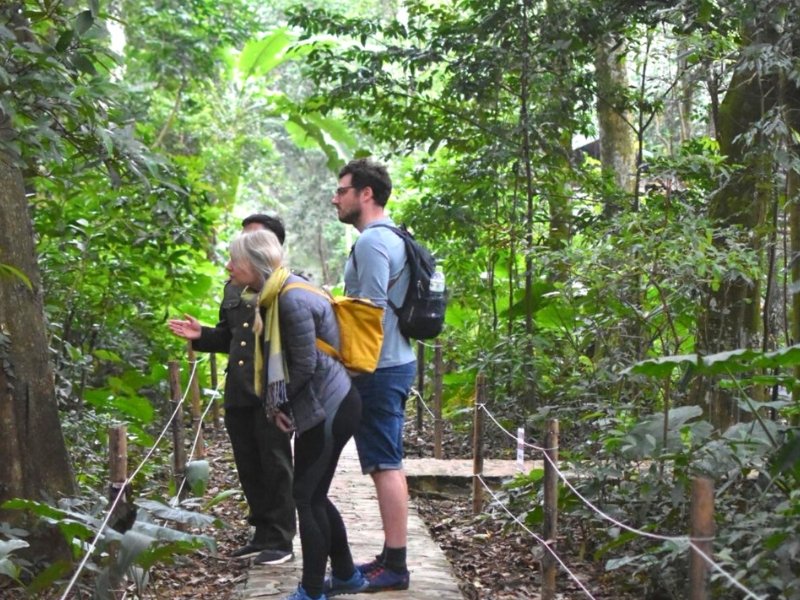

Before your trip, plan your eco-friendly Vietnam adventure with our detailed planner.
2. Supporting Legitimate Rescue Centers & Sanctuaries
Visiting a rescue center is one of the most direct ways to support Vietnam wildlife conservation. These are not zoos; they are working facilities dedicated to saving animals from the illegal wildlife trade.
- Endangered Primate Rescue Center (EPRC) in Cuc Phuong: A world-renowned center dedicated to the rescue, rehabilitation, and breeding of Vietnam’s critically endangered langurs and gibbons. A visit here is a powerful educational experience.
- Cat Tien Bear Rescue Centre: Run by Free The Bears, this sanctuary provides a home for sun bears and moon bears rescued from the horrific bear bile farming industry. You can see the bears thriving in large, semi-wild enclosures.
- Save Vietnam’s Wildlife (SVW) in Cuc Phuong: This award-winning NGO focuses on rescuing and rehabilitating pangolins and other small carnivores. Their visitor program provides incredible insight into the threats these unique creatures face.
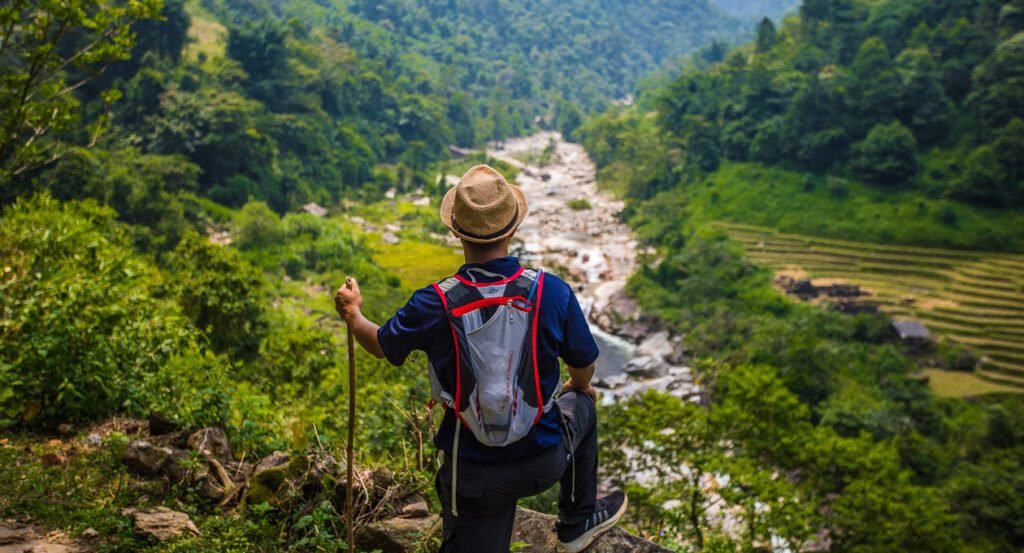

3. Ethical Marine Life Encounters
Vietnam’s coastline and islands also offer opportunities for wildlife encounters.
- Con Dao National Park: This is one of the most important sea turtle nesting sites in Vietnam. From May to October, you can join a ranger-led night tour to witness mother turtles laying their eggs. This is a highly controlled, conservation-focused activity.
- Ethical Snorkeling/Diving: When exploring coral reefs, choose an operator that emphasizes a “no-touch” policy for all marine life and coral.
Insider Tip: Manage Your Expectations for an Authentic Experience The most rewarding wildlife encounters are often the ones you have to work for. Unlike a zoo, the wild is unpredictable. You might trek for hours and only catch a fleeting glimpse of a gibbon swinging through the canopy. Embrace this! The silence of the jungle, the thrill of the search, and the knowledge that you are in a truly wild place is the real prize. Any sighting is a bonus.
Your Code of Conduct: How to Be a Responsible Wildlife Tourist
Your behavior in the field is just as important as the tour you choose. Always follow these golden rules:
- Keep Your Distance: Never approach, corner, or chase a wild animal. Use binoculars and a zoom lens for a better view.
- Do Not Feed the Animals: Feeding wildlife disrupts their natural diet, can make them ill, and causes them to lose their natural fear of humans, which often leads to negative consequences.
- Stay Quiet: Speak in low tones and avoid making sudden noises. This minimizes stress on the animals and increases your chances of seeing them.
- Leave No Trace: Pack out everything you pack in. Do not leave any trash behind.
- Choose Souvenirs Wisely: Never buy products made from wild animals, including ivory, turtle shells, coral, or snake wine. This directly fuels the illegal wildlife trade.
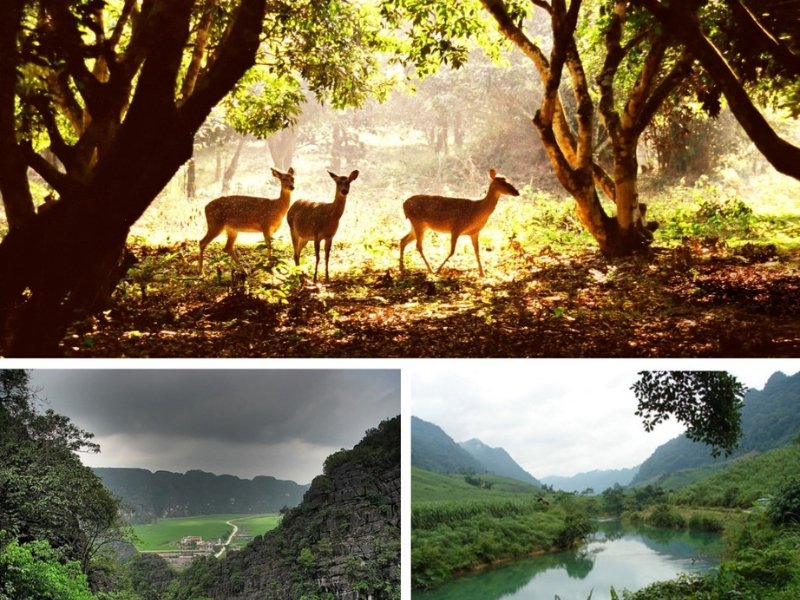

Following this code of conduct on Vietnam Wildlife Tours is a crucial part of responsible travel. While focusing on animal welfare is a key part of the journey, for a complete guide to exploring Vietnam sustainably, be sure to read our Vietnam sustainable tourism guide.
Frequently Asked Questions (FAQ)
1. Are elephant rides in Vietnam ethical?
No. The overwhelming majority of elephant riding camps rely on cruel training methods to break the animals’ spirits. A truly ethical experience involves observing elephants from a distance in a sanctuary that does not offer rides, such as the model pioneered by Yok Don National Park.
2. Is it safe to visit national parks in Vietnam on my own?
While some parks have well-marked trails for independent hiking, hiring a local park guide is highly recommended. They enhance your safety, dramatically increase your chances of spotting wildlife, and your fee directly supports local livelihoods and conservation.
3. What should I wear for a jungle trek in Vietnam?
Lightweight, quick-drying, long-sleeved shirts and pants are essential to protect against insects and scratches. Sturdy, comfortable hiking boots with good grip are a must. Also bring a hat, sunscreen, and a reliable insect repellent. Neutral colors like green, brown, or beige are best for not startling wildlife.
4. Can I volunteer at an animal rescue center in Vietnam?
Some legitimate rescue centers offer long-term volunteer programs for individuals with specific skills. It’s best to check their official websites for requirements. Be wary of short-term “voluntourism” opportunities that promise lots of hands-on contact with animals, as these can often be exploitative.
Conclusion: Your Adventure Awaits
Vietnam’s wild heart is calling. It offers a chance to connect with nature in a profound and life-changing way. By choosing ethical tours, supporting legitimate conservation projects, and acting responsibly, you become part of the solution. You ensure that the incredible biodiversity you witness will continue to thrive for generations to come, making your journey not just a vacation, but a meaningful contribution to the preservation of our planet’s natural treasures.
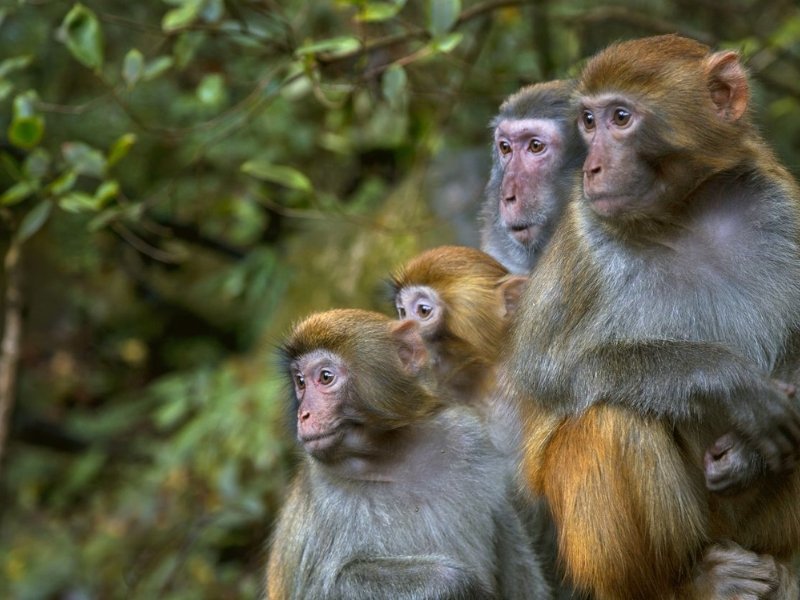

Ready to witness Vietnam’s incredible biodiversity the right way? Contact Sun Getaways Travel via our sustainable travel experts (WhatsApp) to create a personalized itinerary that respects and protects Vietnam’s natural wonders.
Ask a question
Leave a Comment (0)
No questions yet. Be the first to ask a question!


